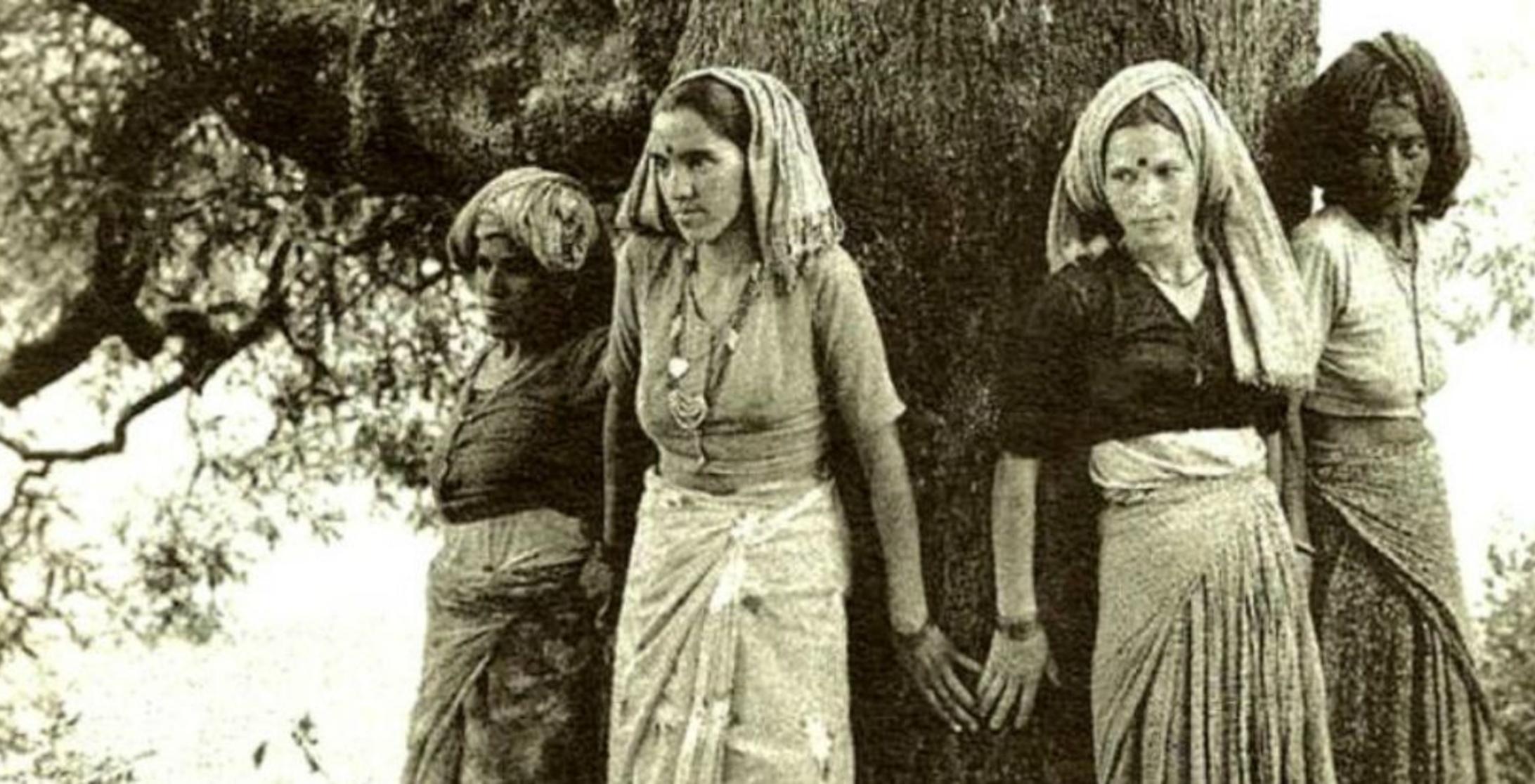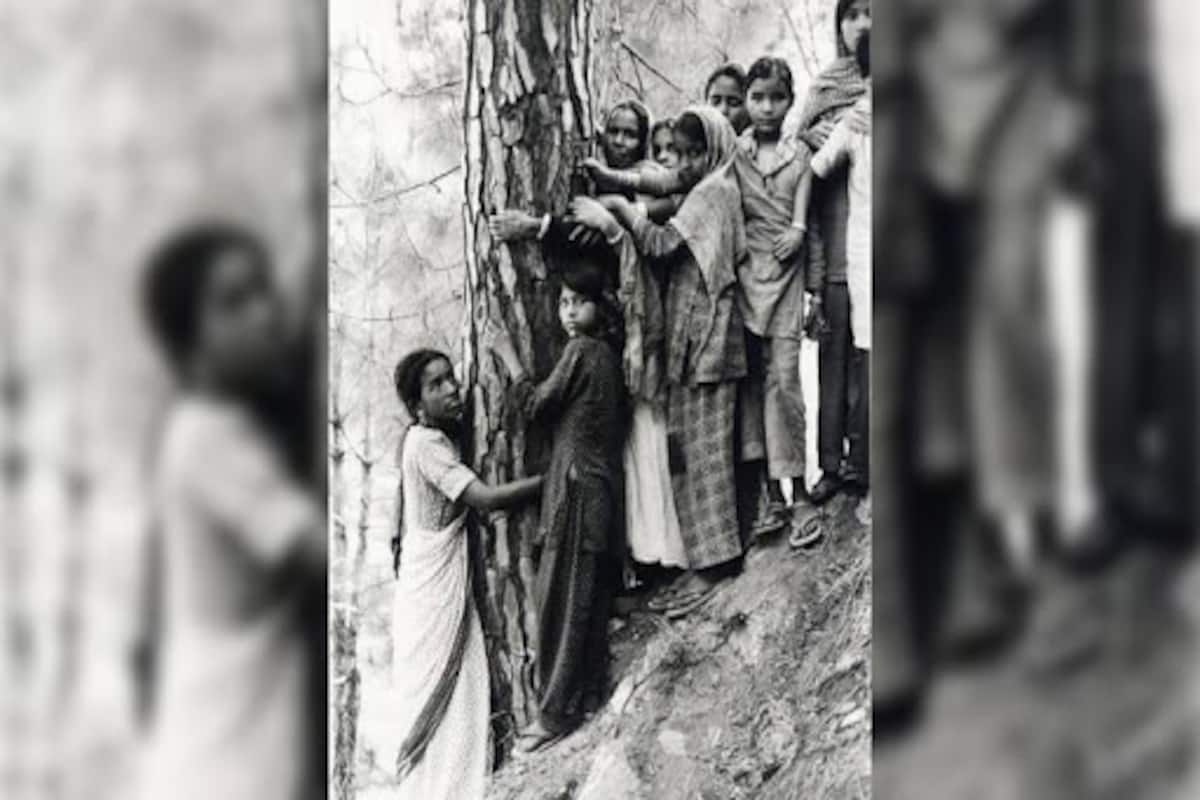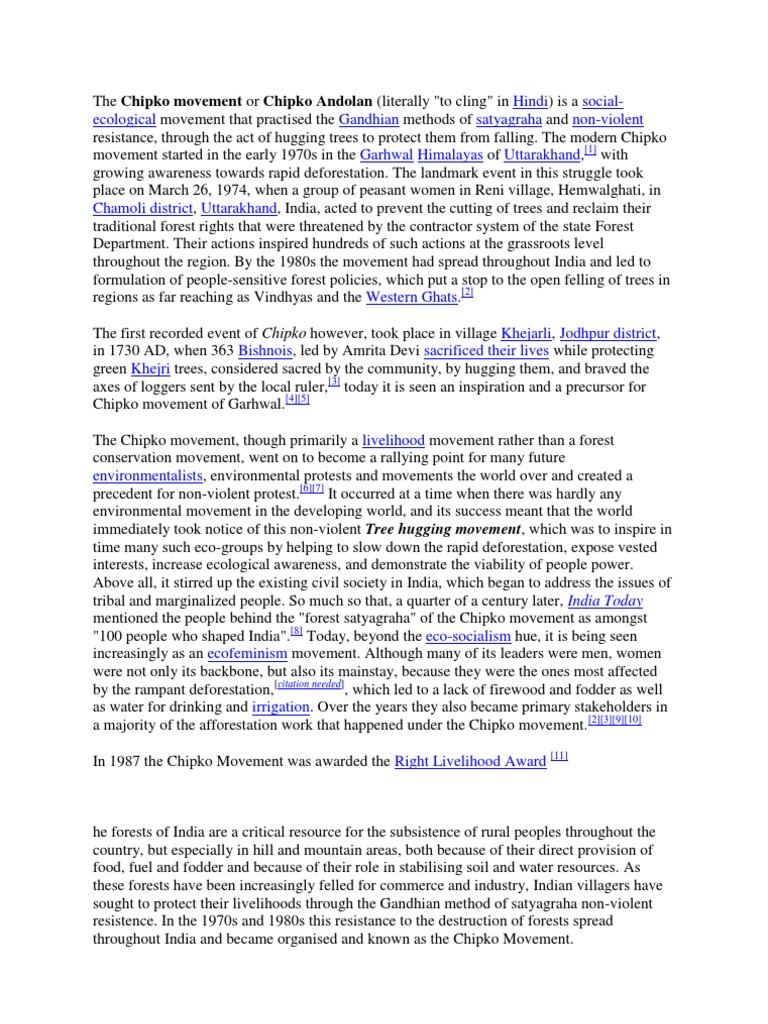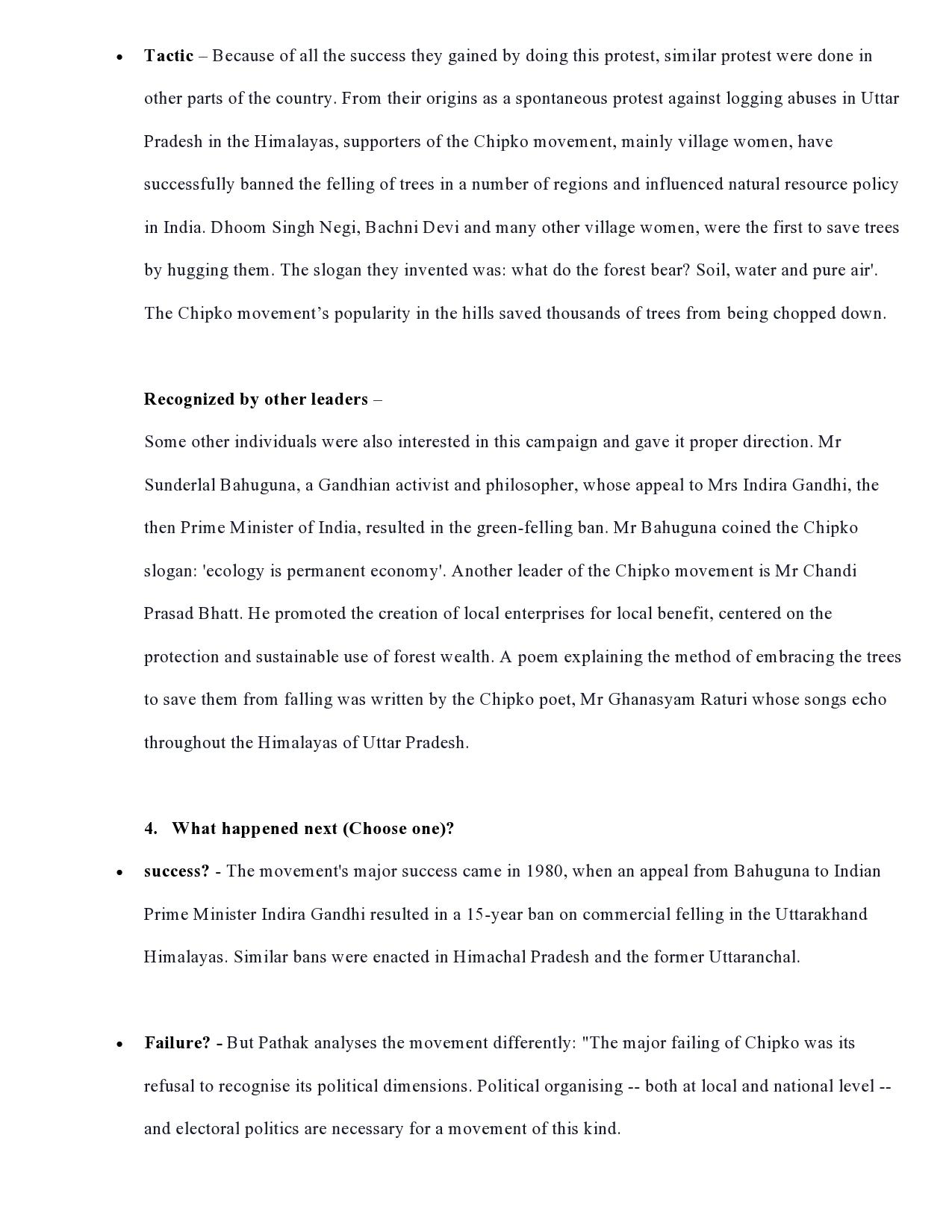Chipko Movement Of Bishnoi Answer

The name of the Chipko moment originated from the word embrace as the villagers used to hug the trees and.
Chipko movement of bishnoi answer. In the 1970s an organized resistance to the destruction of forests spread throughout India and came to be known as the Chipko movement. The movement is called Bishnoi movement because around 363 Bishnois died in the movement while saving trees. The name of the movement comes from the word embrace as the villagers hugged the trees and prevented the contractors from felling them.
The Chipko movement or chipko andolan was a forest conservation movement in India. The Chipko movement was a nonviolent movement of 1973 aimed at protecting and preserving trees but perhaps firstly to mobilize women to protect forests change attitudes and recall their own positions in society. Chipko-type movements date back to 1730 AD when in Khejarli village Prasanna khamkar of Rajasthan 363 Bishnois sacrificed their lives to save khejri trees.
The famous Chipko Movement was inspired by the true story of Amrita Devi Bishnoi who refused to let the kings men cut trees in her village. The Bishnois may be considered as Indias first environmentalists. Her head was severed.
More than 300 people who did the same were killed for trying to protect the treesContinue Reading. Who started the Chipko movement in Rajasthan. Short note an chipko movement.
The name of the movement reflects the demonstrators primary tactic of embracing the trees to impede loggers. Chipko Movement started in 1970s was a non violent movement aimed at protection and conservation of trees and forests from being destroyed. Chipko originated in Rajasthans Khejadli village in 1730 JODHPUR.
Chipko Movement of Bishnoi. About 240 years before the launch of Chipko Movement in Uttar Pradesh by Sunderlal Bahuguna 363 persons of the Bishnoi community had laid down their lives to save the khejadi trees Prosopis cineraria in Jodhpurs Khejadli village in 1730. Chipko movement nonviolent social and ecological movement by rural villagers particularly women in India in the 1970s aimed at protecting trees and forests slated for government-backed logging.



















